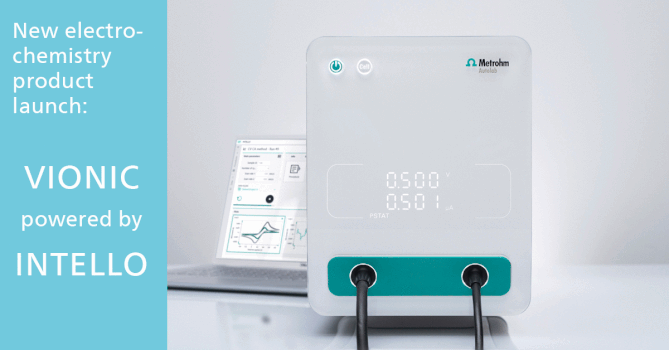Application of Polarography in Investigations in Homogeneous and Non- homogeneous Systems
Abstrakt
For chemical reactions with a half-Iife longer than 30s polarography can be used as an analytical method for investigation of their kinetics. The condition of such applications is that either the starting material the intermediate, or the product are electroactive, i.e., yield polarographic waves that are a simple function of their concentration. Polarographic measurements can often be carried out for homogeneous reactions directly in the reaction mixture. They are found often complementary to spectrophotometric procedures. Examples involve reactions of reactants difficult to determine continuously by other techniques (e.g., thiolates RS-) as well as systems where polarography enables simultaneous determination of several components (e.g., of two reactants, of a reactant and an intermediate or product, or of the starting material, intermediates and products). Examples of the latter are retroaldolization cleavage of unsaturated carbonyl compounds, elimination of Mannich bases, some hydrolytic processes and the Cannizzaro reaction. In heterogeneous reactions the presence of slightly soluble or colloidal particles often does not interfere with polarographic analysis. Examples are reactions of 2,3-disulfurylpropan-1-ol, dialkylthiocarbamates and bile salts with heavy metal ions and chemical cleavage of some natural polymers, e.g. of lignin. Some practical analytical applications of polarography are summarised.Stahování
Publikováno
15.06.1999
Jak citovat
Zuman, P. (1999). Application of Polarography in Investigations in Homogeneous and Non- homogeneous Systems. Chemické Listy, 93(5). Získáno z http://ww.w.chemicke-listy.cz/ojs3/index.php/chemicke-listy/article/view/2609
Číslo
Sekce
Články




